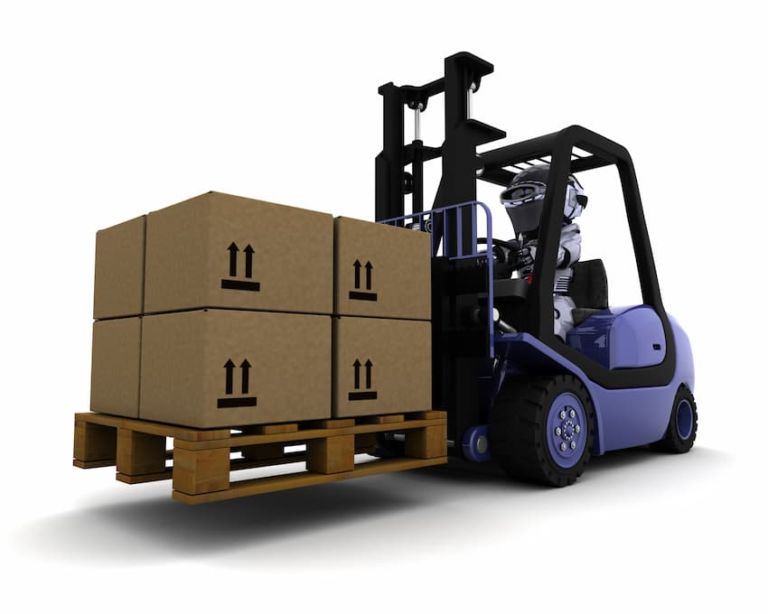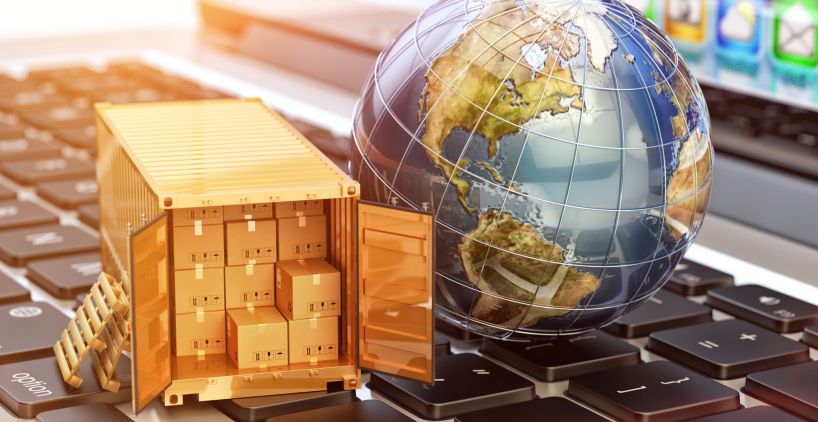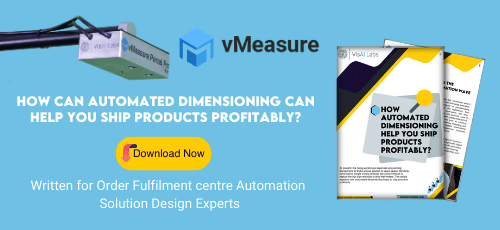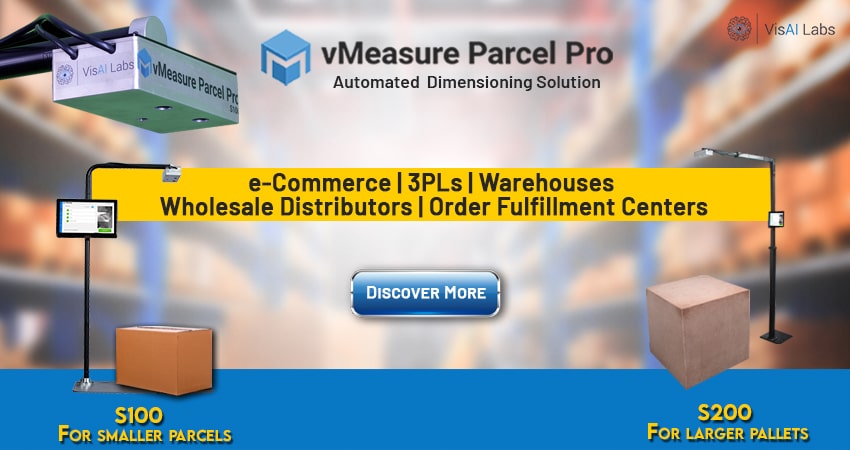Raring for Rapid Digital Growth
2020 was a historic year that upended the lives of millions across the globe. Though it was the worst economic downturn in 74 years, it was an extraordinary time for ecommerce businesses, warehouses, and logistics providers who demonstrated resilience through innovation and technology.
Welcoming 2021 on an ingenious note, these champions are raring to go on a rapid growth and recovery phase.
AI the Key Profitability Enabler
Artificial Intelligence (AI) is the future of logistics. It has proved to be a key enabler in reducing cost, achieving operational excellence and employee productivity, improving customer experience, and increasing business profitability.
Leading research firm McKinsey predicts that logistics providers will generate $1.3-$2 trillion per year if they integrate Artificial Intelligence into their internal processes. According to the 2020 MHI Annual Industry Report, only 12% of logistics firms are using AI technology, but it will reach over 60% in six years span. Such is the profitability potential that AI offers to logistics firms.
AI simplifies and automates the complicated and manpower intensive logistics operations. It eliminates costly human errors, standardizes processes, and reduces the time and effort involved in warehousing and shipping.
Eager to know how AI can help boost profitability in logistics functions and processes?
Read on to know!
Forecasting and Supply Planning
Logistic planning requires efficient synchronization and optimization of data and resources to deliver the goods in time. AI facilitates accurate logistics planning through enhanced demand forecasting and supply planning. Its superior scenario analysis and numerical analytics capability predict and match demand and supply data with zero data quality issues.
Using real-time data to calculate accurate demand, AI-based forecasting significantly reduces the estimation error rate and operational costs and improves manpower utilization. It also boosts customer satisfaction by lowering out-of-stock scenarios and quality issues.
Automated Warehousing
Automated warehousing can transform your warehouse into a profitability center, even before you can realize it.
Al enables logistics firms to optimize space utilization, accelerate delivery, and reduce manual delays, errors, and associated costs. It quickens warehouse processes, ensures accurate pricing, and drives margins by deploying automated dimensioning solutions, robots, and drones.
The warehouse robotics market valued at USD 2.28 billion in 2016 is predicted to grow at a CAGR of 11.8% till 2022. By taking care of the repetitive, mundane tasks, the robots allow the warehouse personnel to focus on complicated work that demands human intelligence.
The AI-led Computer Vision reduces unsatisfied customer churn by identifying damaged products. Its predictive maintenance foresees potential machinery failure using real-time data gathered from IoT sensors.
Autonomous Vehicles and Robots
Transporting products through the supply chain with much lesser human intervention is the basic principle behind autonomous vehicles. It has the potential to transform logistics beyond imagination. The self-driving vehicles and drones effortlessly handle shipping, fleet management, and pick optimization functions.
Decreasing reliance on drivers, these Autonomous Mobile Robots (AMRs) and autonomous trucks, cars, and heavy vehicles help logistics personnel fulfill and ship the orders quickly and efficiently.

Analytics
AI-led analytics enables dynamic pricing, route optimization, and freight management through machine learning algorithms that analyze past and real-time data. The real-time predictive logistics analytics ensures timely fleet arrival, transportation, and delivery.
Studying the existing route, providing directions, and tracking route optimization helps logistics firms reduce costs and shipping delays.
Back Office
AI and Robotic Process Automation (RPA) automates manual office tasks and improves logistics workflow quality. It enables easy freight scheduling and tracking, auto report generation and sharing, and error-free invoice and document processing.
The customer service chatbots enhance customer experience by deftly handling delivery requests, order amendments, shipment tracking, and query redressal.
Marketing and Sales
AI delivers a competitive edge to marketing and sales professionals by powering email marketing, omnichannel marketing, lead scoring, and analytics. These help the marketing and sales teams target the right prospects and achieve their revenue targets.
Conclusion
Embracing AI in your logistics and warehousing processes can open doors to greater profitability and success. Only digitally enabled, agile, and self-learning logistics can thrive in the future.
Ready to leverage the latest in AI to drive ingenuity and profitability in 2021?
Get in touch with us.
Accelerate the profitability of your logistics business using AI in 2021
In the past 2 to 5 years, the logistics industry’s growth has changed more than it has in 20 years. Understanding this, VisAI Labs has built a vMeasure Parcel Pro automated dimensioning solution to calibrate the dimensional measurements of packages quickly in less than a second. This vMeasure Parcel Pro automated dimensioning solution comes in two ranges: vMeasure Parcel Pro S100 and S200. The vMeasure Parcel Pro automated dimensioning solution offers accurate measurements. We can integrate other devices such as barcode scanners, printers, inline systems, and weighing scales. We can also incorporate various applications such as WMS, TMS, and ERP systems with the vMeasure automated dimensioning solution.
Please contact us to arrange a more in-depth review of your integration criteria and options.




